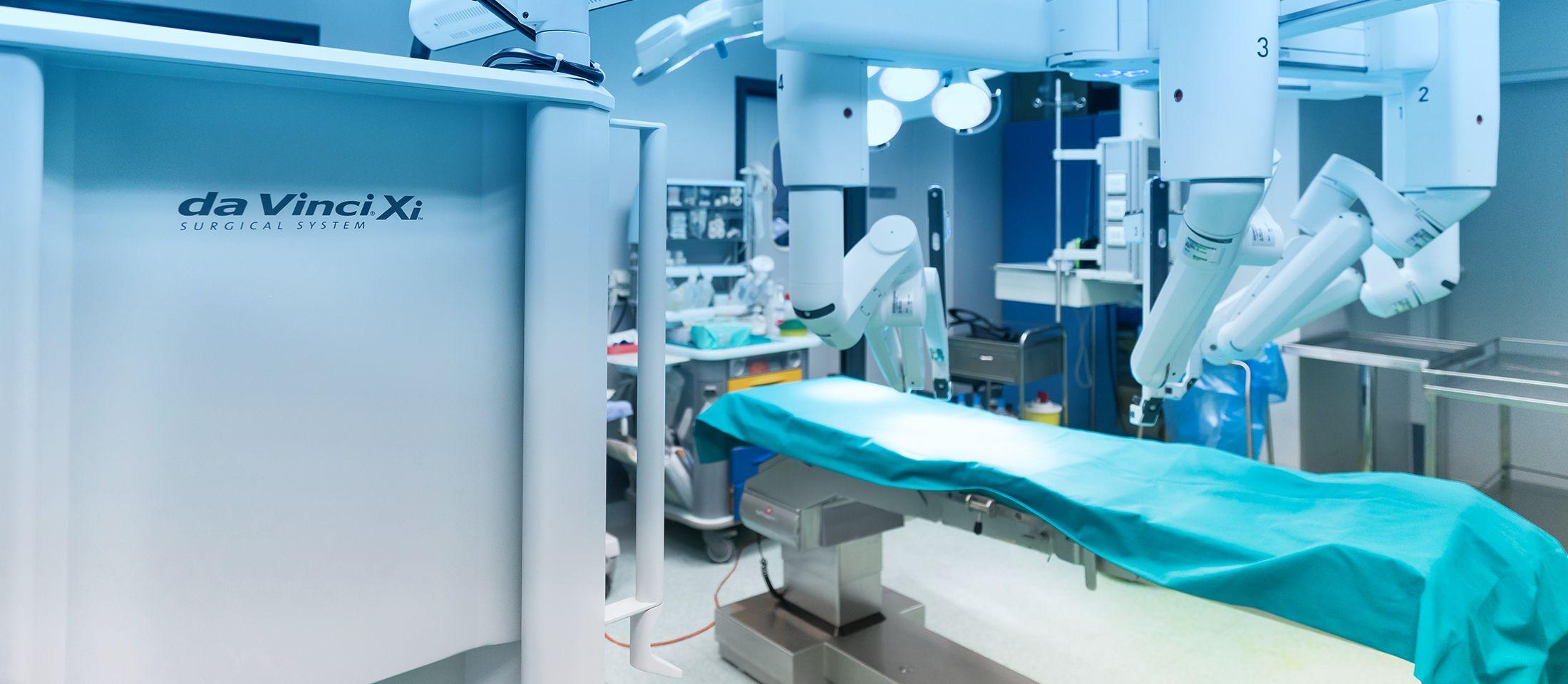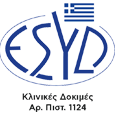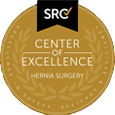ROBOTIC SURGERY WITH THE DaVINCI SURGERY SYSTEM
Robotic Surgery
The DaVinci surgery system is the first robotic surgery system to be approved by the US Federal and Drug Administration (FDA), in 2000, for the performance of surgical operations. This technique was immediately adopted by many hospitals, at first in the US and then throughout the world.
Until 2014 three different models had appeared (DaVinci S, Si, and X) with continuous improvements and increasingly more advanced technological features. In 2014, the state-of-the-art model was presented in the United States, namely the DaVinci Xi. The basic innovation to the immediately preceding edition was that the robotic arms became more flexible, more accurate and more independent in their operation, imitating the movements of the human arms and hands, even in the most challenging and demanding settings (such as in exceptionally obese or very small frame patients). This way the surgical techniques are improved even more, by becoming less traumatic or invasive.
Robotic Surgery with DaVinci Xi
The DaVinci Xi features innovative, synchronized, double-image technology for the best possible focus-free technology capability and the elimination of image opacity including the best possible (crystal-clear) imaging of the surgical field through a system of 3D lenses capable of magnifying up to 15× for extremely precise, stable and detailed movements.
This system requires operation by a specialized surgeon who is seated in front of a special robotic operation console. Through a connected computer the surgeon performs the operation by handling the special knobs adjusted for his fingers as if working with his own hands. Each surgeon’s movement on the surgical field is reproduced with astonishing accuracy and stability by means of the articulated surgical robotic arms.
All these operations are conducted with outstanding accuracy since the surgeon can control the surgical procedure through a special screen offering 15× magnification with exceptional definition featuring more than 16 million different colors (full-high definition) in 3D, indeed just like viewing a 3D movie at the cinema through the special 3D glasses.
All these advanced technological breakthroughs result in the DaVinci Xi performing operations with pinpoint precision, exceptionally detailed recognition of anatomical structures, complete elimination of the normal muscular trembling typical of human hands and a superior approach and handling of human surgical structures, an otherwise virtual impossibility never achieved through laparoscopic surgery techniques.
It is of course necessary for the surgeon, when using the robotic apparatus, to be specially trained in the application of this system, since its use has nothing in common with laparoscopic surgery, even less so with classical, open surgeries. Following this special training the surgeon shall receive international certification as a Robotic Console Surgeon.
Metropolitan General is one the select few medical centers to feature the DaVinci Xi robotic system
Metropolitan General guarantees thorough its established control procedures that the use of the DaVinci Xi at its operation theaters shall be performed exclusively by certified robotic console surgeons supported by specially trained assistance teams (surgical medical associates, technicians).
Robotic Surgery - Advantages
Robotic surgery is the leading technological innovation in the field of surgery since it harmoniously combines the surgeon’s human capabilities and technological engineering perfection, offering numerous advantages when compared with conventional, open or laparoscopic surgical approaches.
- It is a minimally invasive and a hardly traumatic method. All operations are performed through the most minuscule sections (holes) when compared with laparoscopy, typically three to four holes measuring five to eight mm each.
- It guarantees minimal loss of blood and considerably lower postoperative pain, since its sections are barely visible.
- It considerably minimizes the risk of any complications during or after the operation, since such procedures are performed with perfect 3D definition and exceptional DaVinci system accuracy.
- It reduces the time of hospitalization and guarantees a generally quicker recuperation period combined with better aesthetic results.
- It widens the capabilities of endoscopy surgery, since exceptionally difficult conventional laparoscopy operations are now possible for robotic procedures.
- It reduces to a minimum the chances of developing postoperative symphysis.
- It allows the surgeon to conduct movements with greater precision, thus eliminating the normal human hand trembling and providing for hitherto unheard-of surgical dexterity.
- It provides greater physical convenience during operations, since surgeons may now remain seated in a carefully designed and comfortable environment, thus resulting in lower physician fatigue and in the performance of procedures with greater precision and success than in complicated and protracted surgical operations.
- The articulated surgical robotic arms may perform on all three levels any movement capable of the human hand with absolute precision.
- It gives the opportunity to the surgeon to prepare the operation on the computer by using internal organ images from patient examination records. The surgeon may also during the operation retrieve on the screen and consult helpful images.
Robotic Surgery Applications in General Surgery
Robotic surgery is now applied by many medical surgical specialties: urology, gynecology, cardiac surgery and general surgery.
Specifically in general surgery DaVinci Xi applications take regularly place every day in an ever increasing number of highly complex operations due to its greater handling ease or its robotic platform. Some general surgery operations conducted through this robotic method here at Metropolitan General include the following:
- Esophageal achalasia restoration.
- Gastro-esophageal reflux disease or diaphragmatic hernia rehabilitation.
- Restoration of abdominal wall hernias (inguinal, umbilical, postoperative abdominal hernias).
- Gastrectomy neoplasm tumors (cancer, GIST – stomach stromal tumors).
- Adrenalectomy neoplasm tumors and other adrenal ailments.
- Hepatectomy neoplasm tumors and other liver or biliary diseases (hepatocellular cancer, liver metastases usually from large intestine cancer, cholangiocarcinoma, echinococcus disorders, cysts, cystic neoplasms, polycystic disease).
- Colectomy neoplasm tumors and other large intestine and rectal diseases (cancer, polyps, adenomas, diverticulosis, ulcerative colitis, proptosis).
- Esophagectomy esophageal neoplasm tumors (cancer, leiomyoma).
- Pancreatectomy neoplasm tumors and other pancreatic diseases (cancer, neuroendocrine tumors, cystic tumors, IPMN).
- Splenectomy in hypersplenism cases and other hematological spleen diseases (such as ITP).
- Surgical treatment of morbid obesity (longitudinal or sleeve gastrectomies, gastric by-pass procedures).
- Cholocystectomy (specifically in difficult chronic inflammatory conditions or active sections suffering from symphysis).
In general, robotic surgery allows the performance of general surgery operations with absolute precision, by considerably increasing success rates and reducing morbidity rates in challenging and risky operations.










































